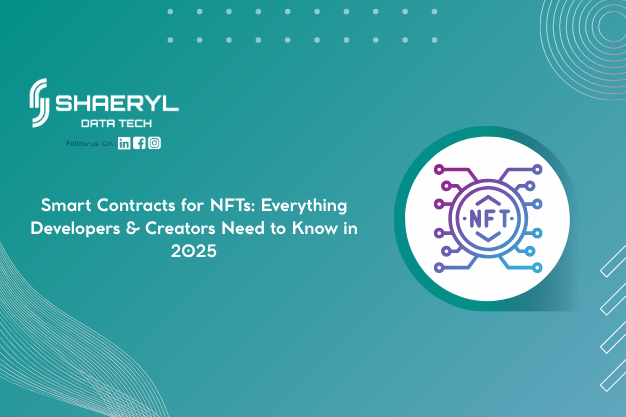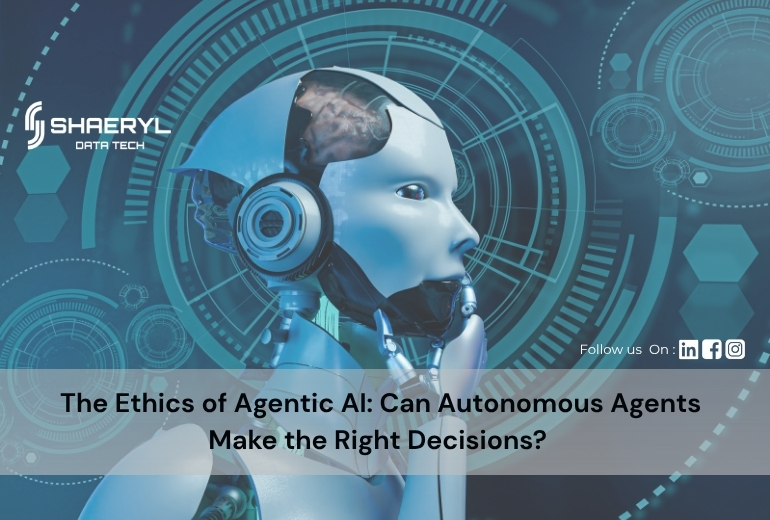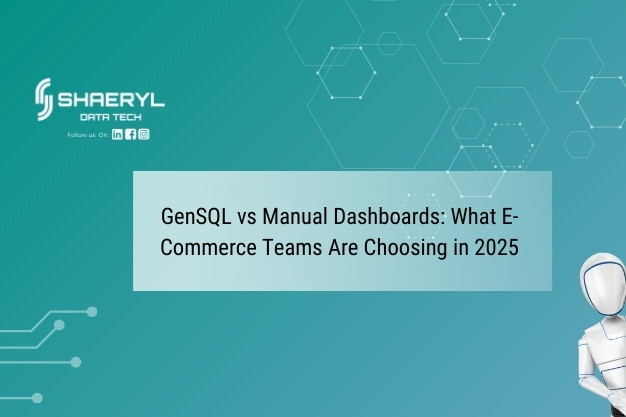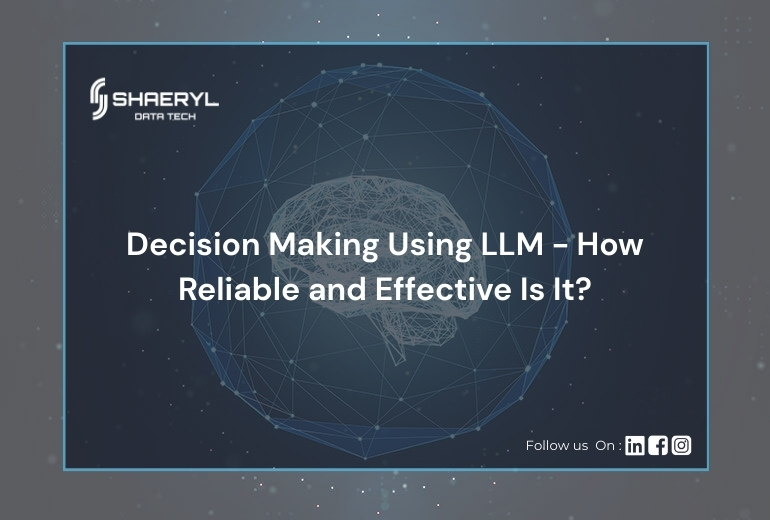As digital ecosystems grow increasingly complex, the need for seamless, intuitive, and intelligent user experiences has never been more urgent. Multimodal AI—the fusion of various human inputs such as voice, text, touch, vision, and gestures—is rapidly emerging as a cornerstone of UX innovation.
As we approach 2025, the UX strategies of leading brands are no longer built on single-channel interactions. Instead, they are shaped by AI models that can interpret and respond to human behaviour in contextually intelligent ways.
Welcome to the future of design thinking.
What Is Multimodal AI, and Why Does It Matter for UX?
Multimodal AI combines multiple data modalities—think voice commands, facial expressions, on-screen taps, eye movements, and more—to offer a holistic understanding of a user’s intent. Unlike traditional interfaces that rely on one input at a time, multimodal systems interpret multiple cues simultaneously, making digital experiences feel more natural and human-centric.
Real-World Example:
- Amazon’s Alexa with Vision Capabilities: Voice alone isn’t enough. Devices like the Echo Show combine speech and visual inputs to enhance interaction—e.g., displaying visual recipes when a user asks about cooking.
- Google Lens + Search: Point, click, and ask. Google Lens allows users to search and interact with the world by combining image recognition with voice/text-based queries.
Why Multimodal AI Will Redefine UX in 2025
- From Usability to Empathy
Multimodal AI allows systems to not just work for users but to understand them. It brings an emotional dimension to user experience by responding appropriately to mood, intent, and context.
Imagine an e-learning platform that adapts tone and difficulty based on facial expressions of confusion or confidence.
- True Omnichannel Experiences
Users want consistent experiences across devices and platforms. Multimodal AI ensures that whether it’s a smart speaker, AR glasses, or a mobile app, the interaction feels fluid and consistent.
- Accessibility Without Compromise
For users with physical, cognitive, or visual impairments, multimodal systems offer alternative ways to engage. From voice-guided navigation to gesture-based inputs, multimodal UX empowers inclusivity.
According to WebAIM, over 97% of websites have accessibility issues. Multimodal AI can bridge this gap by making digital interfaces more adaptive and inclusive.
How Your Business Can Benefit from Multimodal AI UX in 2025
If you’re aiming to scale intelligently and compete globally, here’s how integrating multimodal AI into your UX strategy can fuel business growth:
- Smarter Personalisation Across Journeys
Multimodal systems analyse non-verbal cues, real-time data, and historical behaviours to tailor experiences dynamically. This goes beyond typical user segmentation—think hyper-personalisation that evolves as the user interacts.
- Retail Example: A customer walks into a smart store. Cameras detect mood, previous purchases are recalled, and a digital display recommends outfits accordingly.
- Intelligent Conversational UX
It’s not just about having a chatbot—it’s about having one that listens and sees. Visual context (like uploaded images) combined with text or voice queries enhances the accuracy of responses.
- Healthcare Use Case: Patients describe symptoms verbally and share a photo of a rash. The AI-powered assistant analyses both to deliver precise, empathetic triage support.
- Automation That Converts
By removing repetitive tasks and enabling intuitive workflows, AI-enhanced UX cuts down on user friction. For instance, autofill suggestions based on speech or scanned documents improve conversion rates for applications, sign-ups, and purchases.
- Banking Scenario: Voice + facial recognition streamlines account setup or loan applications securely and quickly.
- Data-Driven Design Iteration
Multimodal systems generate vast amounts of interaction data—from voice modulation and touch patterns to emotional cues. This data fuels continuous design iteration, helping teams move from static UI/UX decisions to live, adaptive optimisation.
- Use Case: A fitness app tracks user tone and posture during workouts to adjust motivational cues and UI prompts for better retention.
When your design listens, sees, and adapts—it evolves faster than static feedback ever could.
Industries Already Adopting Multimodal AI
Multimodal AI isn’t a distant innovation—industry leaders are implementing it today to stay ahead:
- Healthcare: AI diagnoses now combine speech inputs, symptom uploads, and facial analysis to improve patient triage and reduce misdiagnosis.
- Automotive: Next-gen vehicles use gesture control, eye tracking, and voice commands to reduce driver distraction and enhance in-car experience.
- Retail: AR mirrors and smart shelves respond to voice, touch, and gaze to deliver personalised recommendations in-store.
- Education: Online platforms analyse student engagement via webcam cues and audio inputs to adjust pacing and content delivery in real time.
The result? More intelligent, proactive systems that feel less like tools—and more like collaborators.
What the Numbers Say
- By 2026, 70% of customer interactions will involve emerging technologies like voice assistants, facial recognition, and AR (Gartner).
- Multimodal AI integration is projected to drive a 35% increase in customer retention through more engaging and accessible UX designs (Forrester).
- Companies investing in AI-enhanced UX report a 20–30% uplift in conversion rates across digital touchpoints.
Next Steps: Future-Proof Your UX Strategy
As we move toward a sensorial, data-rich digital future, the question isn’t whether you should adopt multimodal AI—but when. The brands that win in 2025 will be those who:
- Put human-centric AI at the core of design
- Build adaptable, intelligent interfaces
- Create inclusive, omnichannel digital ecosystems
Ready to Lead with Multimodal UX?
At [Your Company], we help you decode the future with AI-led design thinking. Whether you’re reimagining your digital storefront or building the next-gen mobile experience, we’ll equip you with the tools and strategies to stay ahead of the curve.










